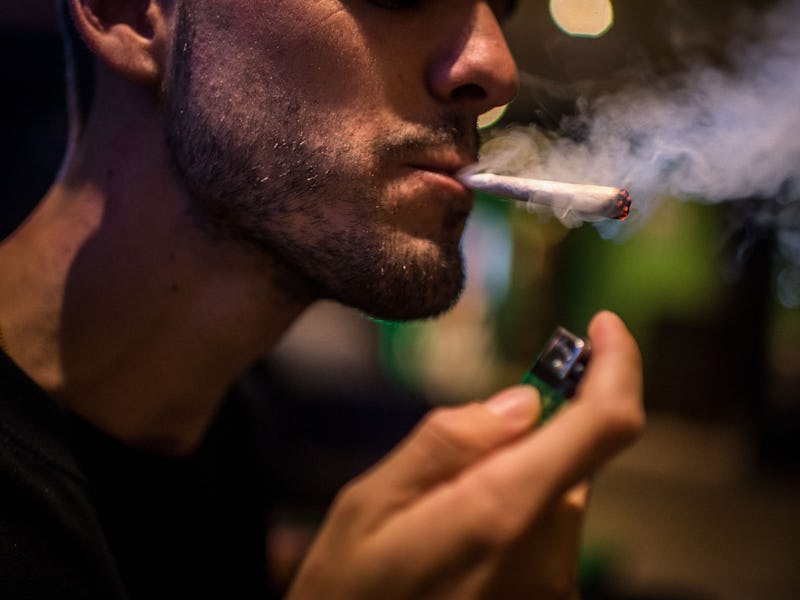Weed Around the World Keeps Getting Stronger
New findings in Denmark point to super-high levels of THC when compared to 20 years ago.

While some long for the days of schwag, with its feel-good, mild highs, the weed of the today and presumably the future is going to make you higher than ever, according to the latest study on the matter by researchers in Denmark.
First, let’s back up to the 1970s. Back then, the percentage of THC, or tetrahydrocannabinol, the psychoactive constituent in marijuana that makes you feel high, was lower because the plants were grown outside, for the most part. Generally, there was very little science involved when compared to today’s methods. Ask anyone around then, and you’ll hear constantly how it was a different time. As such, the THC percentage, on average, was about 8 percent. Today, we’d call it the weak stuff. The weed your dad friend’s dad smoked while listening to Steely Dan could be enjoyed in copious amounts.
In the 1990s, things started to change globally, as the growing process moved indoors and THC percentages creeped up into the teens. So-called “skunk farming” methods, to use the words of the Danish researchers, were applied. That basically means using more advanced methods — improving the amount of light, air, and moisture. In the 2000s, the methods became more advanced and THC levels kept going up. (This year, a study found the average THC levels in places like Colorado, where it’s legal to smoke as long as you’re of age, are at 18.7 percent. Some THC levels are as high as 30 percent.) In Europe, the legality and enforcement of those pot laws varies from country to country, but the Netherlands remains one of the few countries where it’s sold at the retail level.
A participant smokes a marijuana joint while marching in the annual Hemp Parade (Hanfparade) on August 9, 2014 in Berlin, Germany.
Now, according to three forensic chemistry departments at the University of Southern Denmark, the University of Copenhagen, and Aarhus University, marijuana seized by police and tested boasts a THC rating of 28 percent. (This is to say nothing of THC oil or wax, which can have THC ratings of up to 85-90 percent.) The findings are published in the Danish Health and Medicines Authority’s annual narcotics report released on November 18. This is more than three times of the amount of THC found in marijuana analyzed in the 1990s, to say nothing of the weed smoked in the 1970s.
“Cannabis as a product has changed significantly in just a few years,” says Christian Lindholst, department head at the Department of Forensic Medicine at Aarhus University in the city of Aarhus. “This is a trend we see around Europe. Swedish and Dutch studies describe a similar strong increase in the quality of cannabis.”
Cannabis resin blocks seized by police and used in the analysis.
So what does it mean for users of marijuana that THC levels are being artificially raised? Scientists aren’t clear on long-term health effects of more THC more often just yet — but you are going to be much, much higher for longer.
“Cannabis of such high quality can lead to a greater risk of harm and adverse side effects,” Lindholst says. “This is in particular a problem for the large group of young people who smoke it several times a month. The attitude among some groups in society is that smoking a joint once in a while doesn’t do any harm. With the new knowledge we should increasingly view cannabis as a more dangerous and more risky drug,” says Lindholst.